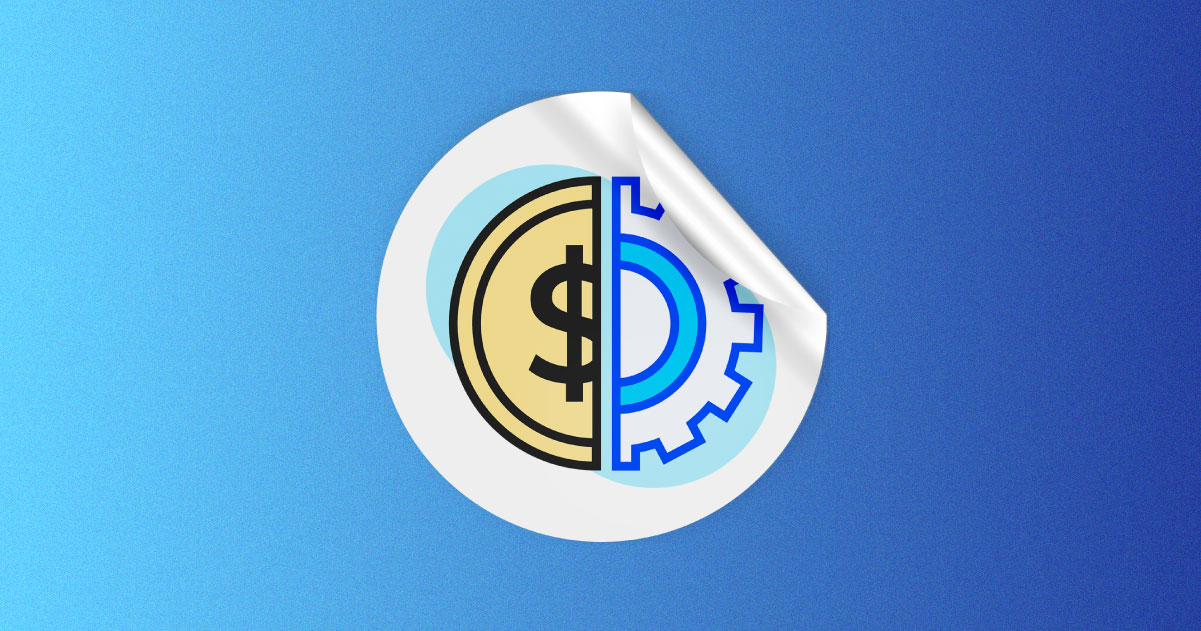Looking to take steps towards optimizing your spend on SaaS application? Read all three articles in this series:
• 4 Ways To Reduce SaaS Spend By 35% Or More
• How Procurement Can Eliminate Surprise SaaS Renewals
• How to Reduce Your SaaS Operations Cost <<< You’re here now
As the old saying goes, “time is money,” and while some apps might look like bargains on your budget, that doesn’t mean they don’t cost you in other ways. In fact, one of the highest costs to modern organizations is their inefficient SaaS Operations management processes.
That inefficiency, however, is a symptom of how the modern organization adopts cloud applications. Today, many (if not most) cloud apps are purchased by individual teams or employees. That distributed app adoption might improve speed, but it scatters critical data, app insights, and admin responsibilities. It also makes SaaS Ops really hard.
Before we examine the solutions to this fractured workplace, it’s vital to define SaaS Operations.
What are SaaS Operations?
SaaS Operations are the methods used to manage SaaS applications at your organization.
For example, many SaaS ops tasks include:
- User provisioning and deprovisioning
- Discovering and Mapping applications within your SaaS stack
- Integrating new applications into your SaaS stack
- Retire applications no longer in use
- Application license management
When talking with IT leaders, most of those tasks face frequent speed bumps due to poor SaaS Ops Management. Expressions of this inefficiency are everywhere, from Slack messages sent to find an app owner to licenses added while others sit dormant—wasted time and wasted cost is inherent in the current system (or lack thereof).
Possibly the number one bump in the SaaS Ops road stems from the beastly problem of Shadow IT.
Gain Visibility Into Your SaaS Stack
Shadow IT is the biggest culprit for sending your SaaS Operations into a spiral. The inability to see and manage unsanctioned applications is hurting your efficiency.
SaaS Operations starts with visibility. You need to know which applications exist in your company, who the owners are, how much they cost, and much more. Without this information, SaaS Ops Management will feel like city planning without blueprints.
You need a centralized source of truth—where all your information on SaaS applications lives. Consider tools such as a SaaS Management Platform that provide visibility into your SaaS stack to act on it effectively.
The Torii Platform, for example, uses real-time discovery to find and centralize information on all SaaS applications in-use (or ever used) at your organization. That includes both sanctioned and unsanctioned applications.
Torii pulls data from four sources; direct integrations with your apps, Torii’s browser extension, manually imported expense files, and custom integrations with your apps.
Each source provides rich insight individually, but together, you’ll have a holistic and cross-referenced picture of your entire SaaS stack. You’ll see data including:
- Usage data in real-time for each application
- Per license utilization rates, including their cost and quantity
- Application comparisons for usage and cost
This will change how your IT team interacts with your SaaS stack first and foremost—setting you up to act more efficiently on all of it, not just some of it.
How To Automate SaaS Actions & Save Time
Once you’ve created a centralized location for SaaS information, the next important step is to save your team time with automation.
Automating actions such as user provisioning can reclaim hours for your team, and once you have all SaaS application information centralized—that becomes much easier.
The Torii Platform enables extensive automation without requiring a line of code—providing enterprise-level automation for teams of all sizes and backgrounds. Torii lets you achieve this with a customizable Workflow editor. You can build workflows based on all the information pulled into Torii.
Do you want new employees to receive emails for all required applications on Day 1? Automate it.
Would you like to revoke access to every single application for departing employees on their last day? Automate it.
Would you like to become aware of licenses not utilized in 60 days? Automate it.
Suddenly SaaS Operations becomes a creative endeavor for your team: what can we automate to save time and frustration? For every ingenious invention imagined, the Torri Workflow editor can accomplish it—saving your team time (and thus cost) in the process.
Learn more about automating tasks with Torii’s guided introduction to Workflows!
A SaaS Management Platform Reduces SaaS Operation Costs
A SaaS Management Platform is your shortcut to improving visibility, unlocking automation, and maturing your SaaS Operations—saving time and money in the process.
In the words of one of our customers, “Workflows alone have saved us countless hours of repetitive tasks, which is a huge win for any IT department.”. That’s likely why Torii has had a consistent and rising streak as a leader in SaaS Operations Management for multiple G2 Reports.
As economic stress continues to weigh on company outlooks, it’s crucial to consider operational costs as much as monetary ones. For large teams, that means finding the small inefficiencies that multiply at scale. But, for smaller teams, SaaS Operations Management offers the opportunity to punch above their weight class and do more with less. Learn more about how one of our customers, Smallpdf, did just that with their lean (yet mighty) team.

